The effects of massive wildfires can reach the stratosphere and linger for months
Smoke plumes from Australia’s fires created an ozone-layer hole, but the extent of damage from such novel weather events remains unclear.
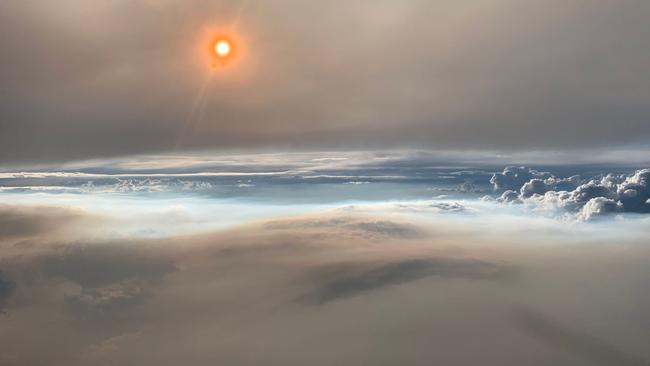
Massive wildfires are driving smoke clouds to record heights in the stratosphere, US and European scientists say. What they don’t know yet is just how damaging the effects might be.
From the Arctic to Australia, unusual storms powered by wildfires have spewed smoke to altitudes well above where commercial jets usually fly. In the stratosphere, which stretches from around 9 to 50 kilometres above the Earth, the smoke has affected the air across thousands of kilometres and blocked sunlight on a “planetary scale”, mimicking the effects of a volcanic eruption, the scientists said. They said the soaring wildfire plumes are a by-product of recent years of super-sized wildfires, in which climate changes caused by rising temperatures have played a major role, most scientific experts agree.
“It is a new form of severe weather,” said David Peterson, a meteorologist at the US Naval Research Laboratory (NRL) in Monterey, California.
In the highest of such plumes so far, Australian wildfires this past January generated firestorms that spewed a swirling vortex of smoke as wide as the state of Montana up to a record 34km high. The smoke circled the world twice before dissipating in April, according to two new independent studies. The scientists tracked the plume using sensors on four satellites and aboard the International Space Station.
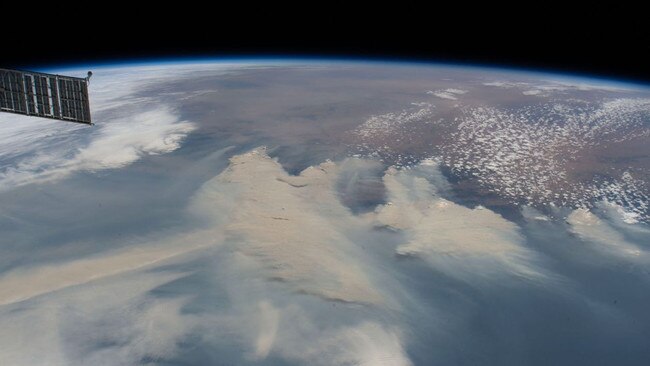
Their data shows that the smoke blocked sunlight to an extent never before recorded from wildfires, comparable to the cumulative effect of all the moderate volcanic eruptions of the past 30 years. Moreover, the plume contained enough noxious fumes to etch a temporary hole in the planet’s protective ozone layer, an international team of scientists from France, the UK and Canada reported in the journal Communications Earth & Environment in September.
“That Australian smoke plume was really a jaw-dropping phenomenon,” said lead author Sergey Khaykin, who studies the stratosphere at the Latmos laboratory of atmospheric research and space observations at Sorbonne University in France. “We should be expecting more of these events as the climate warms.” The fire-induced thunderstorms, known technically as pyrocumulonimbus events, are becoming more frequent.
In the past three years, these firestorms occurred during wildfires in places such as Portugal, South Africa and Argentina where they were previously unknown. Wildfire storms this fall in California and Colorado sent smoke plumes up to 16km high that altered air quality as far away as Europe. The 33km-high Australian plume earlier this year was the third major outburst of wildfire smoke to set a stratospheric record since 2009, each one progressively higher and more severe.
“It appears as though the intensity of the major events is getting stronger,” said NRL meteorologist George Kablick III in Washington, DC, who led a team of researchers studying the Australian smoke plume. They reported their findings earlier this year in Geophysical Research Letters.
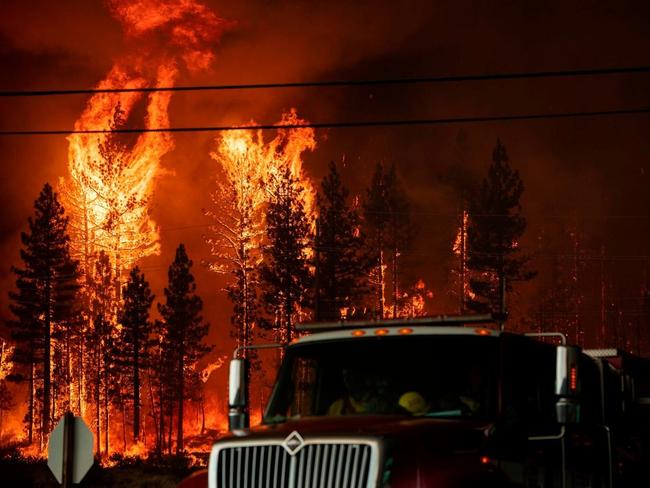
Taken together, the new research offers evidence of how the pollution and smoke from regional wildfires driven by severe droughts and heatwaves can become a global event, affecting people far from the scene of a major conflagration, the scientists said. On average, smoke from burning forests and grasslands results in an estimated 339,000 additional deaths a year worldwide due to smoke inhalation, says an international research team that conducted a systematic global health study in 2012 of air pollution from wildfires. The carbon particles and other pollutants in the smoke can aggravate chronic heart and lung diseases, such as asthma or bronchitis, and worsen diabetes, particularly among children and the elderly, according to the American Lung Association.
Even so, no one knows yet whether there are any long-term consequences from injecting so much smoke into the stratosphere. “There are a lot of unknowns,” said the NRL’s Dr Peterson, who studied pyrocumulonimbus clouds that formed during the 2019 Williams Flats Fire in Washington state.
To generate high-altitude smoke, these thunderstorms require a mixture of extreme drought, hellish heatwaves, moisture and strong surface winds, according to meteorologists who study fire-related weather. When conditions are right, the hot updraft from burning woodlands and brush can supercharge the towering anvil-shaped thunderhead of a major storm, sucking up smoke at ground level and speeding it to extreme heights.
“The fire heating drives the updraft that feeds the storm. This ends up acting like a giant chimney,” Dr Peterson says.
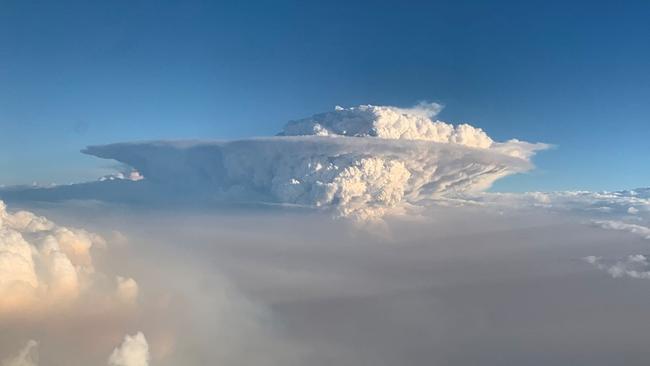
In Australia and elsewhere, such conditions are in line with a long-term increase in extreme heat events linked to a century of rising regional temperatures, according to the Australian Bureau of Meteorology’s “2018 State of the Climate report.” Globally, the last five years have been the warmest since modern record-keeping began, according to the US National Oceanic and Atmospheric Administration.
Generally, fire seasons in many parts of the world are getting longer and more frequent, according to a 2015 analysis of 35 years of meteorological data by the US Forest Service Fire Sciences Laboratory. Overall, 54 per cent of the world’s vegetated areas experienced long fire weather seasons more frequently between 1996 and 2013 as compared with 1979-1996, the study published in Nature Communications showed.
The fire-driven thunderstorms were first identified about 20 years ago. But their impact on the stratosphere was “deemed small” until 2017, scientists said.
In that year, wildfires raging through Canada’s Pacific Northwest triggered a cluster of seven fire-driven thunderstorms in a single five-hour period. Together, they lofted record amounts of smoke high into the stratosphere, where there is no rain to wash the clouds away, the scientists said.
At that altitude, the wildfire plume blocked more sunlight than the 2009 eruption of Russia’s Sarychev Peak, an active volcano in the Kuril Islands northeast of Japan. That eruption spewed so much ash into the atmosphere that commercial airline flights had to skirt the region to keep engines from choking on ash intake.
But the stratospheric plume from Australia earlier this year was even larger, “a super-outbreak”, in Dr Peterson’s words.
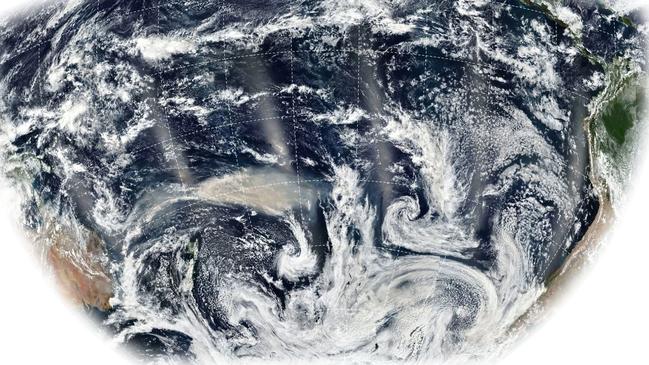
As New Year’s Eve approached last December, Australia was already in its 35th month of extreme drought — the country’s hottest and driest period in modern times, scientists said. Wildfires had consumed 14.3 million acres — about one-fifth of the country’s temperate forests. Temperatures topped 49C in some areas. Wind speeds gusted up to 128 km/h.
On New Year’s Day, fire scientists counted 18 fire-driven thunderstorms along the Australian coast of New South Wales, the scientists said.
By January 7, the soaring embers, ash and soot from so many firestorms compacted itself into one self-contained bubble of fumes. Warmed by the sun, it started to spin. Like a balloon, it rose ever higher in the air as it circled the world, the scientists said. All told, the plume injected between 300,000 tons and 400,000 tons of carbon-rich smoke into the stratosphere, the scientists said.
“This plume was unprecedented in size, scale and longevity,” said Dr Kablick. “It was something we had never seen at this intensity before. I keep using the word unprecedented, but it’s true.”
The Wall Street Journal



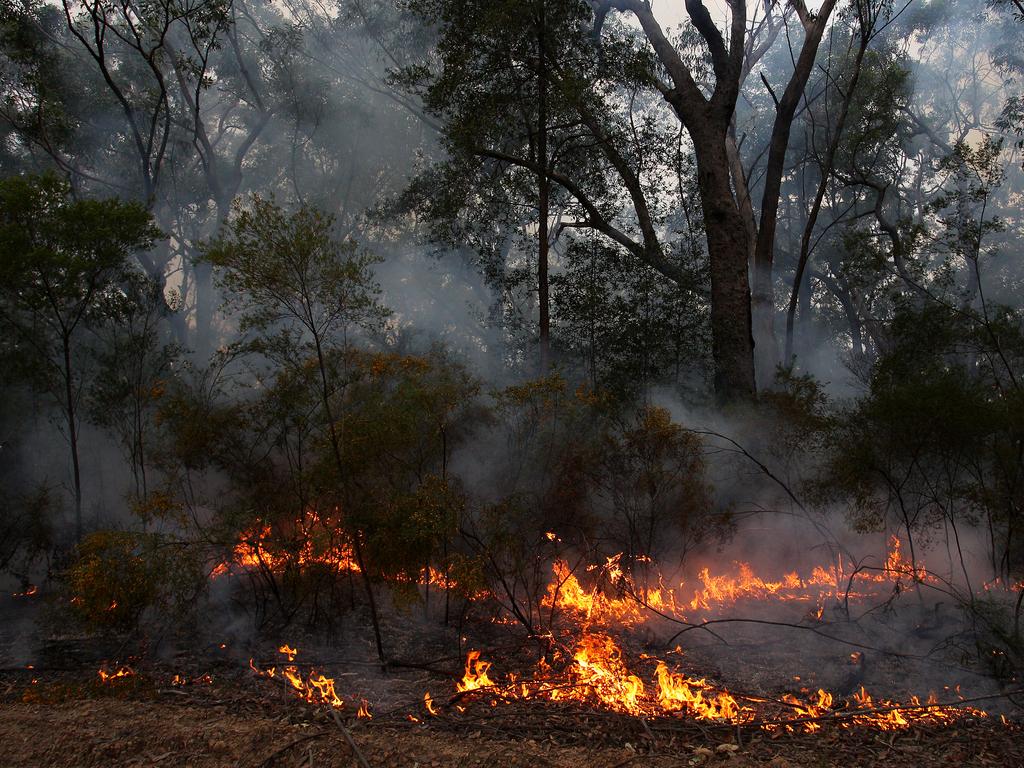
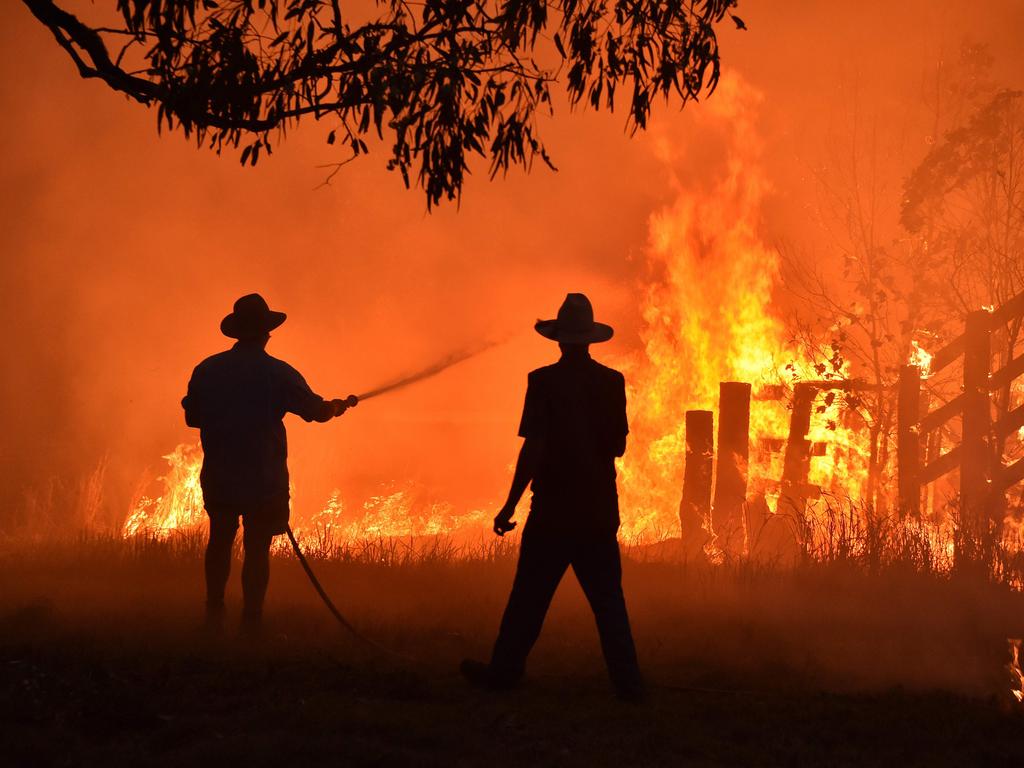


To join the conversation, please log in. Don't have an account? Register
Join the conversation, you are commenting as Logout